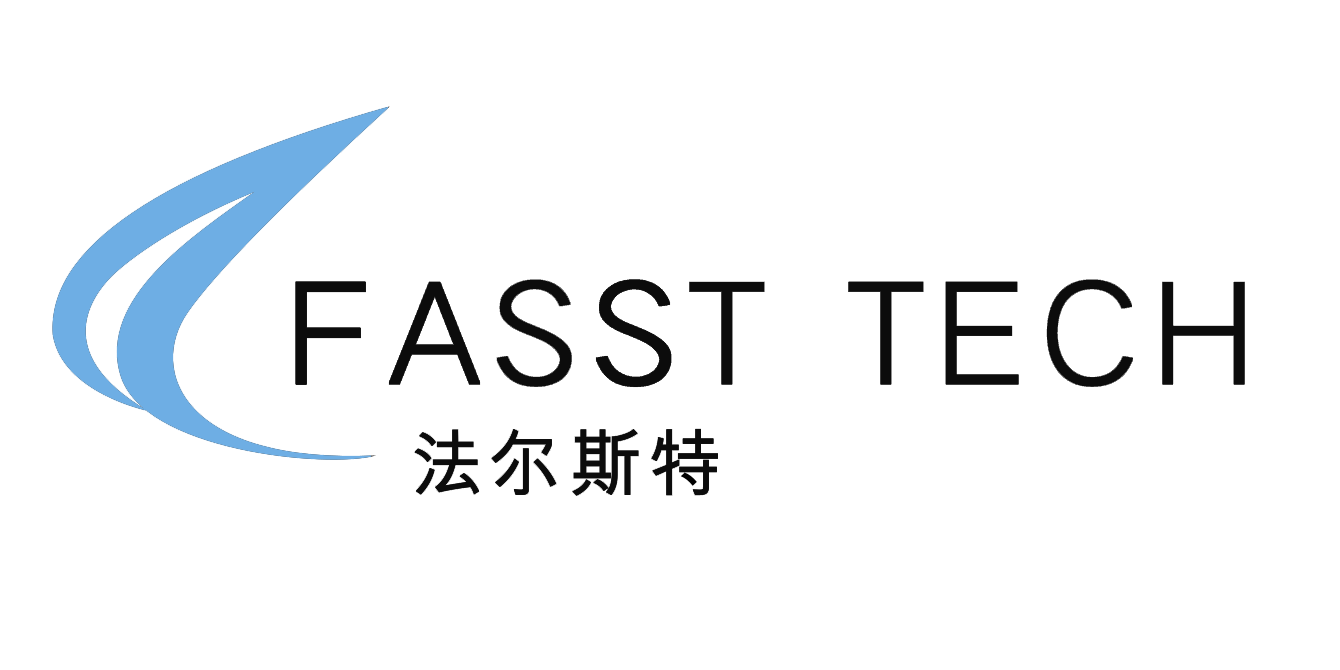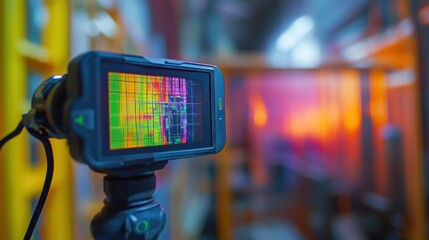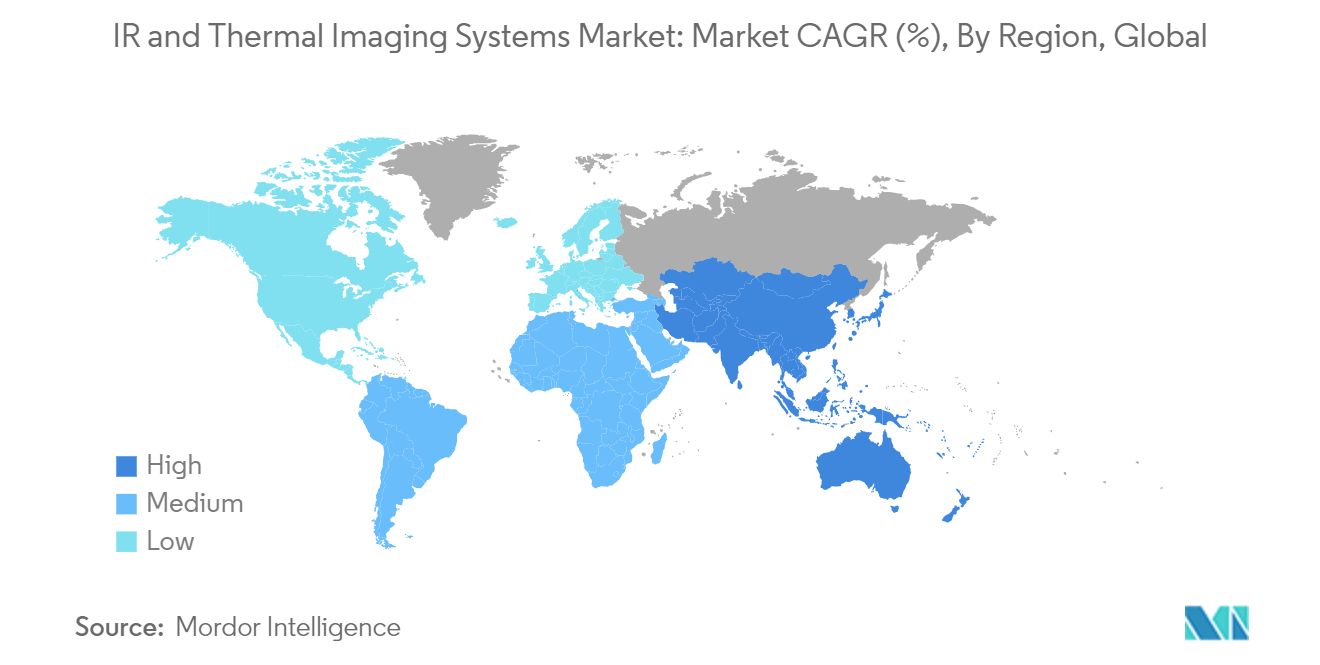IR & Thermal Imaging Systems Market Segmentation
Infrared and thermal imaging technology enables users to detect objects or individuals in complete darkness and difficult and distinct conditions. Unlike the other methods, thermal imaging works in environments without ambient light. Like near-infrared illumination, thermal imaging can penetrate obscurants like smoke, fog, and haze.
The IR and thermal imaging systems market is segmented by solutions (hardware, software, and services), applications (industrial, security, research and development, construction industry, maritime, transportation, law enforcement agencies, and other applications), form factor (handheld imaging devices and systems and fixed mounted (rotary and non-rotary)) and geography (North America [United States, Canada], Europe [United Kingdom, Germany, France, and Rest of Europe], Asia-Pacific [China, Japan, India, and Rest of Asia-Pacific], Latin America [Brazil, Mexico, Argentina, and Rest of Latin America], and Middle East & Africa [Saudi Arabia, United Arab Emirates, South Africa, and Rest of Middle East and Africa]). The market size and forecasts are provided in terms of value in USD for all the above segments.
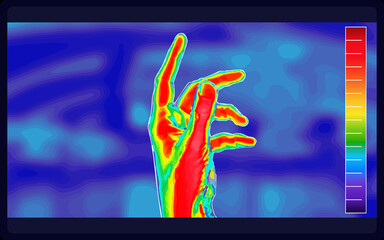

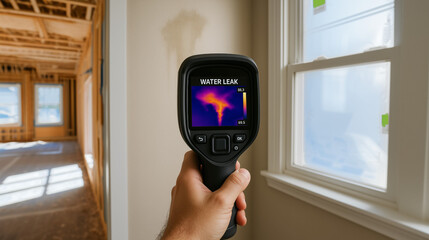 About the thermal imaging camera
About the thermal imaging camera
 Ir And Thermal Imaging Systems Market - Growth, Trends, and Forecasts (2025 - 2030)
Ir And Thermal Imaging Systems Market - Growth, Trends, and Forecasts (2025 - 2030)
